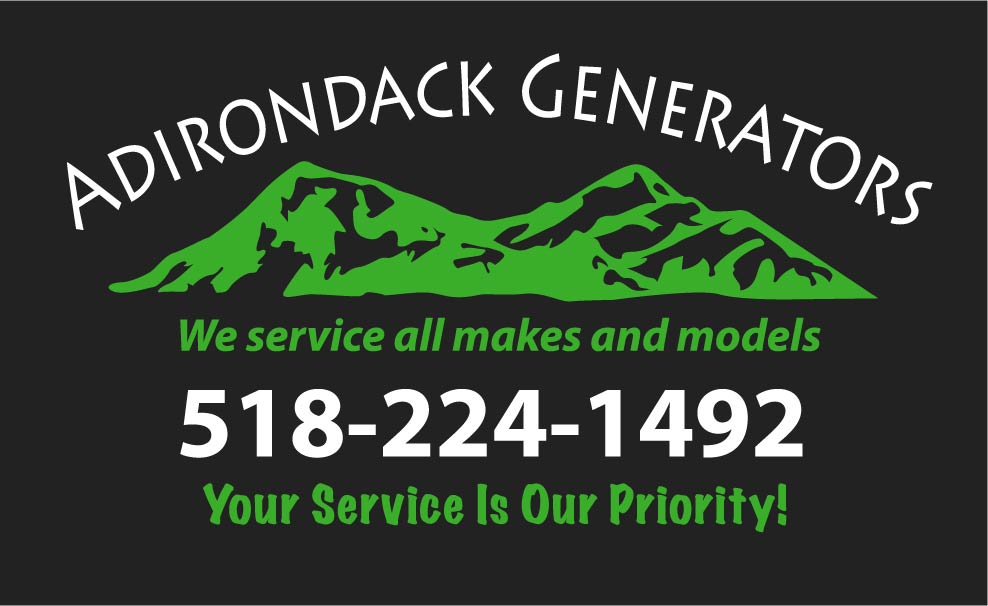
Disclaimer: This is not our photo (and not our customer) but an example of what can happen when safety standards aren’t followed.
Safety Alert: Why We Follow Code Standards
This burnt generator is a stark reminder of why we never compromise on safety. When a generator is out of code, it’s not just a rule being broken—it’s a dangerous situation waiting to happen.
The exhaust was blocked, and it was too close to flammable materials, which led to this disaster. This is exactly why the code requires an 18-inch clearance from anything flammable. Your safety is our top priority, and following these standards is crucial to prevent incidents like this.
Stay safe and always trust the pros to get it done right!
Stationary combustion engines
NFPA 37 is the National Fire Protection Association’s standard for the installation and use of stationary combustion engines. Its requirements limit the spacing of an enclosed generator set from a structure or a wall and require a generator to be located where it is readily accessible for maintenance, repair, and first responders.
NFPA 37, Section 4.1.4, Engines Located Outdoors:
Engines, and their weatherproof housings if provided, installed outdoors shall be located at least 5 ft. from structures having combustible walls. A minimum separation shall not be required where the following conditions exist:
1. The adjacent wall of the structure has a fire-resistance rating of at least one hour.
2. The weatherproof enclosure is constructed of non-combustible materials and it has been demonstrated that a fire within the enclosure will not ignite combustible materials outside the enclosure.
NFPA 37 Requirements
For a complete and updated list, see the NFPA 37 web page.
In addition to these requirements, verify all potential for water intrusion is directed away from the generator enclosure: sprinklers, roof run-off, down spouts, and sump pump discharge.
5ft. from openings in walls (operable windows, doors, vents, window wells, or openings in the wall).
18 in. of clearance from the back of the generator to a stationary wall or building (based on testing done by the Southwest Research Institute or SwRI).
5 ft. of clearance above the generator.
3 ft. of clearance at the front and both ends. This includes trees, shrubs, and bushes. Vegetation not in compliance could obstruct airflow and exhaust fumes could inhibit plant growth.
What Should I Know About Clearance Requirements When Installing My Generator?
Always check local codes as those will trump these recommendations.
Do NOT install a home standby generator under a wooden deck or platform.
Units that do not feature the SwRI logo must be installed 5 ft. from combustible materials and 3 ft. from non-combustible materials.



